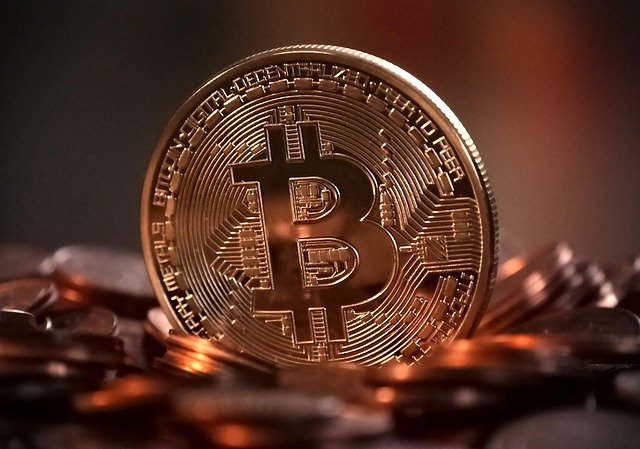**Synthetic Reality: How Virtual Reality is Transforming the Arts**
In a world increasingly dominated by digital technology, one rising trend promises a seismic shift in the arts and entertainment industry: Virtual Reality (VR). This technology has crossed the threshold from a niche market to a mainstream medium, offering new and immersive experiences that challenge traditional forms of creative expression. In this article, we explore how VR is transforming the arts and the implications of this groundbreaking evolution.

A Vision in the Making: Virtual Reality’s Historical Context
Virtual Reality, or VR, was not an overnight sensation. Its inception dates back to the mid-20th century, with Morton Heilig’s Sensorama, a device that offered a multi-sensory cinema experience. Over the years, advances in technology have unlocked the potential of VR. Today, we see VR as a powerful tool used across various sectors, including gaming, education, and notably, the arts.
Virtual Reality Today: A New Artistic Frontier
The surge in VR technology is reshaping the landscape of the arts and entertainment industry. Artists are harnessing VR’s interactive capabilities to create immersive experiences that push the boundaries of traditional art forms. VR is no longer confined to the realm of science fiction; it’s a tangible reality revolutionizing the way we perceive and engage with art.
The Impact: Virtual Reality’s Influence on Art and Entertainment
The impact of VR on the arts is profound. It has enabled artists to construct immersive 3D environments that transcend physical limitations, offering audiences unprecedented levels of engagement. Furthermore, VR has transformed the viewing experience from a passive to an active one, fostering a deeper emotional connection between the audience and the artwork.
The Reception: Embracing the Future of the Arts
The reception to VR’s introduction to the arts has been overwhelmingly positive. Critics laud it as ‘the new canvas for artists,’ with its ability to create multi-dimensional, immersive works that redefine the concept of artistic expression. Meanwhile, audiences are captivated by the unique, interactive experiences that VR offers, affirming its place in the future of the arts.
Looking Ahead: The Future of Virtual Reality in the Arts
While VR has made significant strides in the arts, its full potential is yet to be realized. As technology improves and becomes more accessible, we can expect further integration of VR into mainstream art and entertainment. This evolution promises not only to redefine the way we experience art but also to challenge our very understanding of what art can be.
In conclusion, Virtual Reality is not just a technological innovation; it’s a game-changer in the arts and entertainment industry. As VR continues to evolve and permeate the arts, it heralds a new era of artistic expression—one that is boundless, immersive, and interactive. As we navigate this new landscape, one thing is clear: the future of art is virtually limitless.





